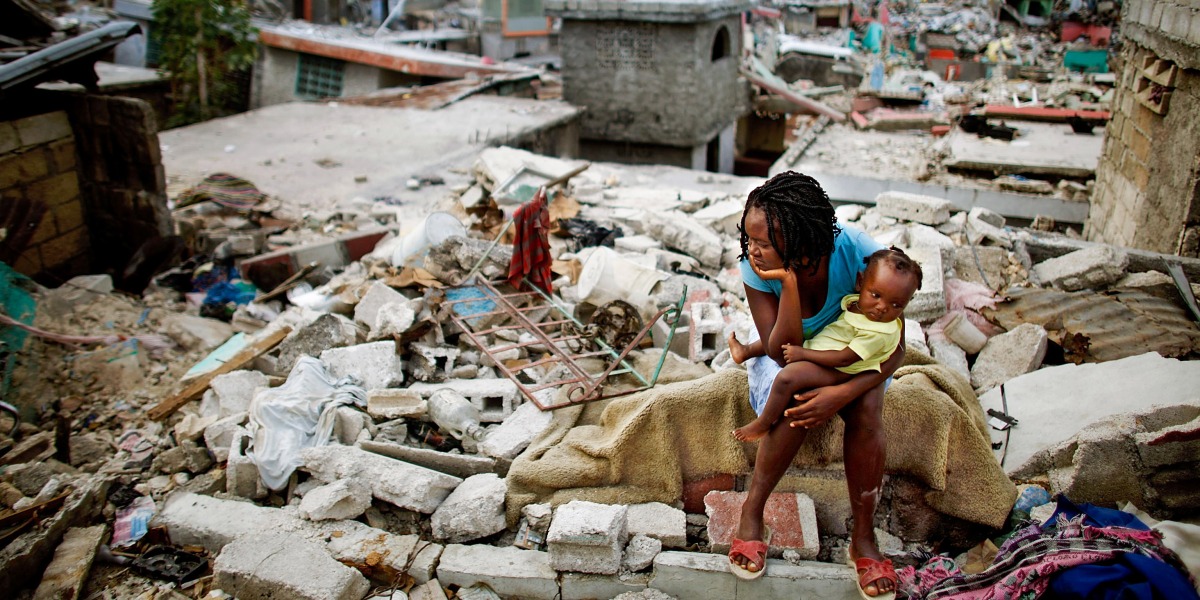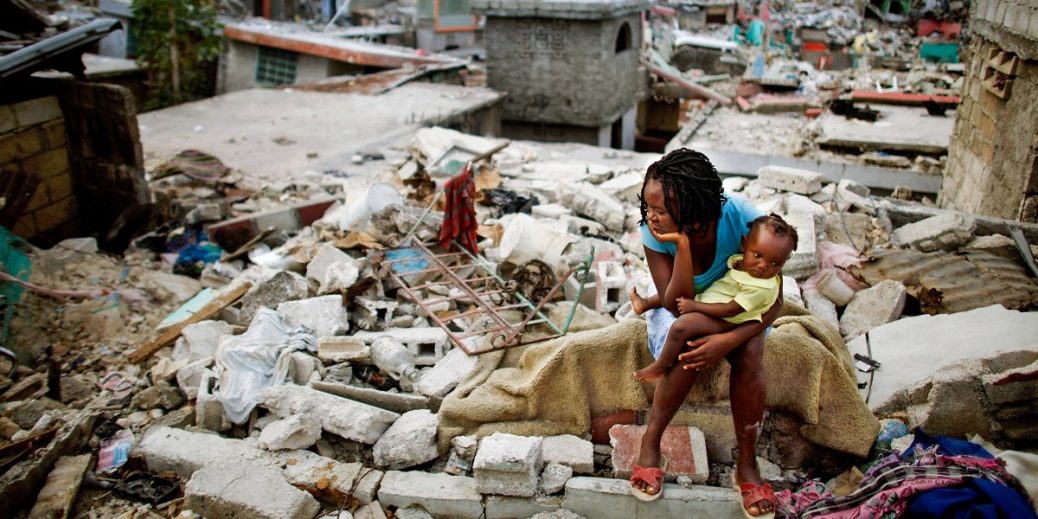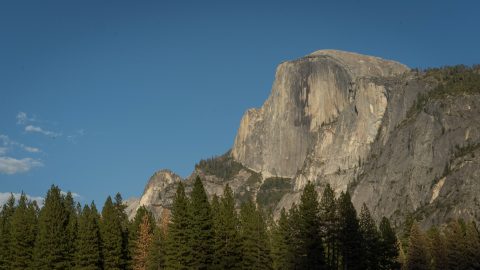
When applied to the data sets taken from the Long Beach area, the algorithms detected substantially more earthquakes and made it easier to work out how and where they started. And when applied to data from a 2014 earthquake in La Habra, also in California, the team observed four times more seismic detections in the “denoised” data compared with the officially recorded number.
It’s not the only work applying AI to the hunt for earthquakes. Researchers from Penn State have been training deep-learning algorithms to accurately predict how changes in measurements could indicate forthcoming earthquakes—a task that has confounded experts for centuries. And members of the Stanford team previously trained models for phase picking, or measuring the arrival times of seismic waves within an earthquake signal, which can be used to estimate the quake’s location.
Deep-learning algorithms are particularly useful for earthquake monitoring because they can take the burden off human seismologists, says Paula Koelemeijer, a seismologist at Royal Holloway University of London, who was not involved in this study.
In the past, seismologists would look at graphs produced by sensors that record the motion of the ground during an earthquake, and they’d identify patterns by sight. Deep learning could make that process quicker, and more accurate, by helping to cut through large volumes of data, Koelemeijer says.
“Showing that [the algorithm] works in a noisy urban environment is very useful, because noise in urban environments can be a nightmare to deal with, and very challenging,” she says.






Recent Comments